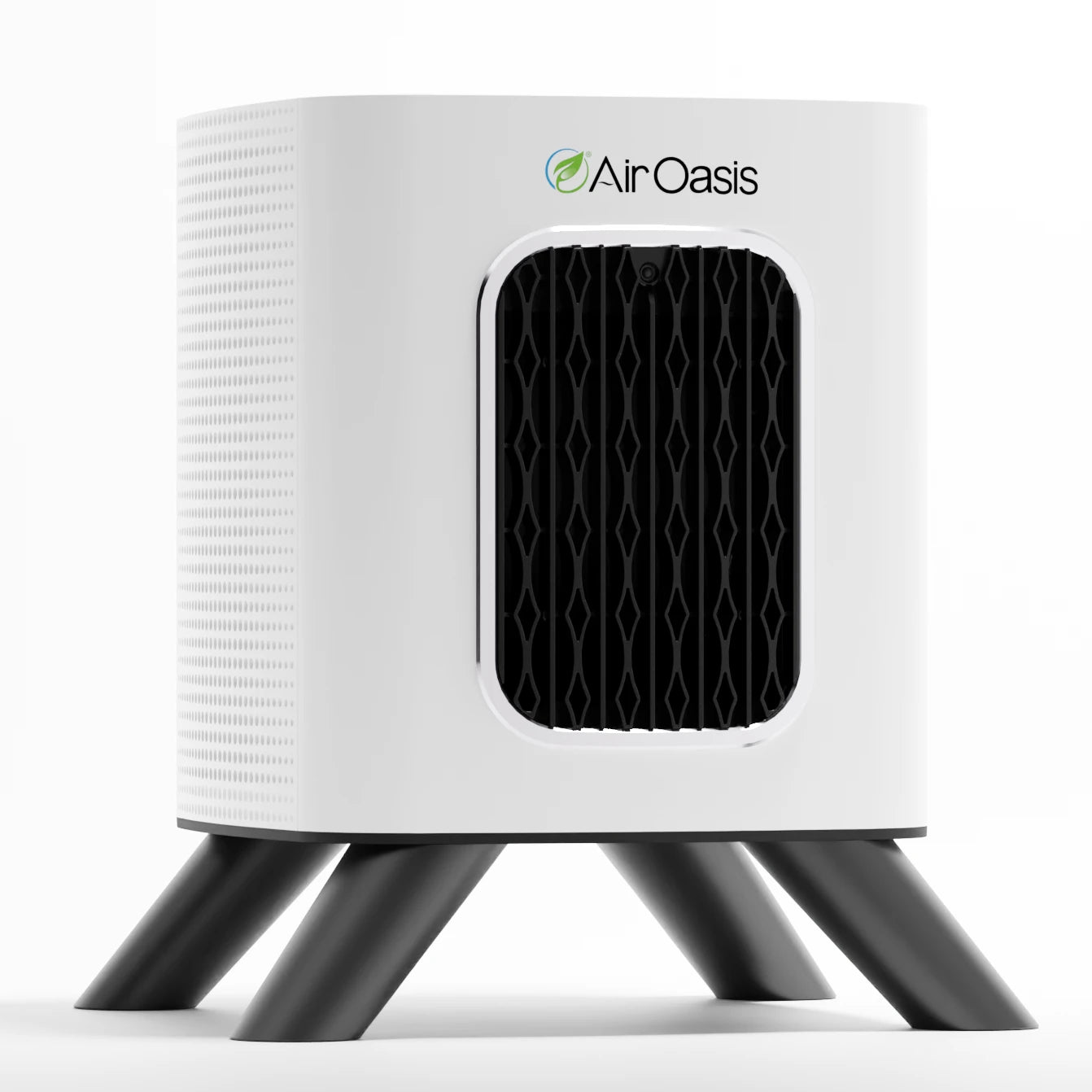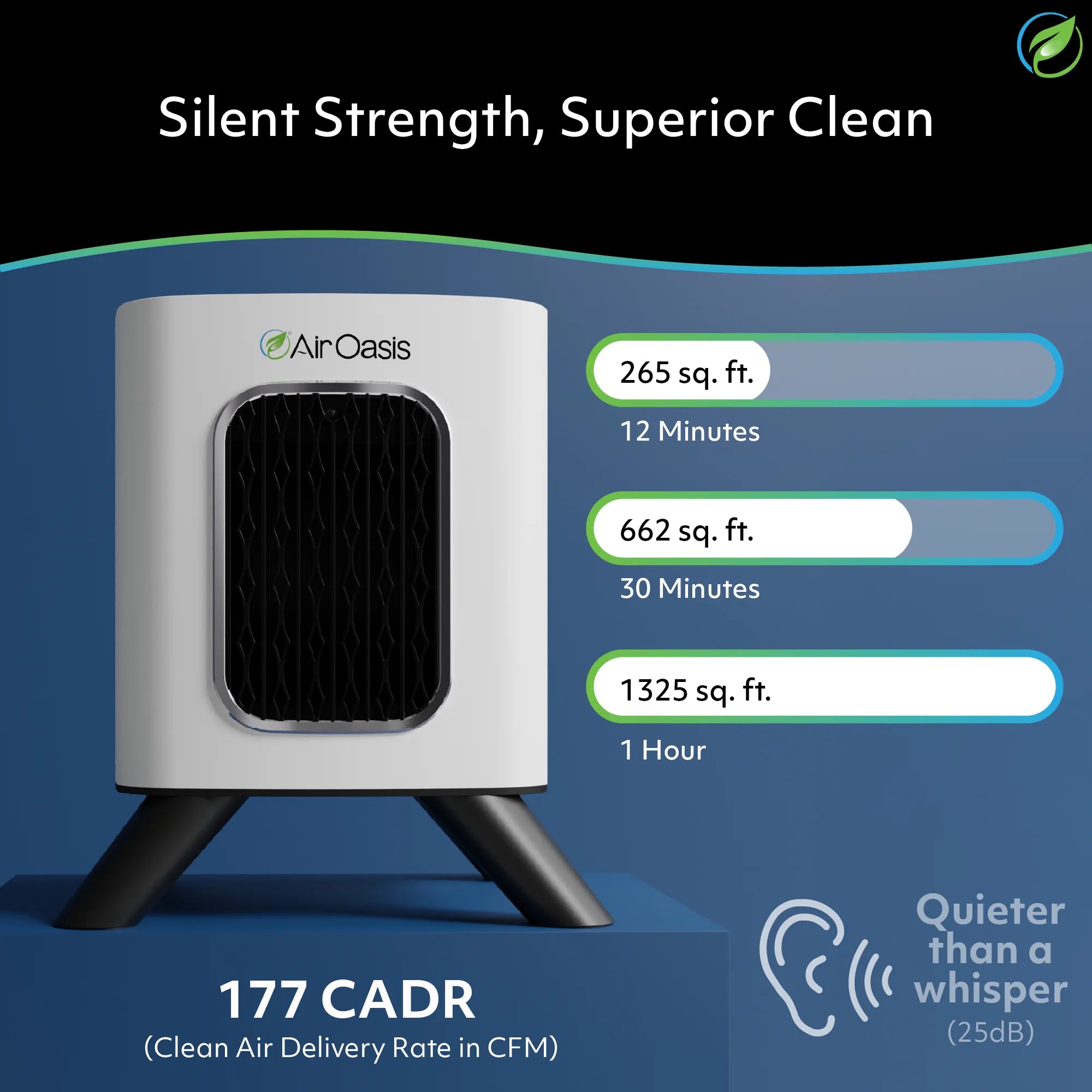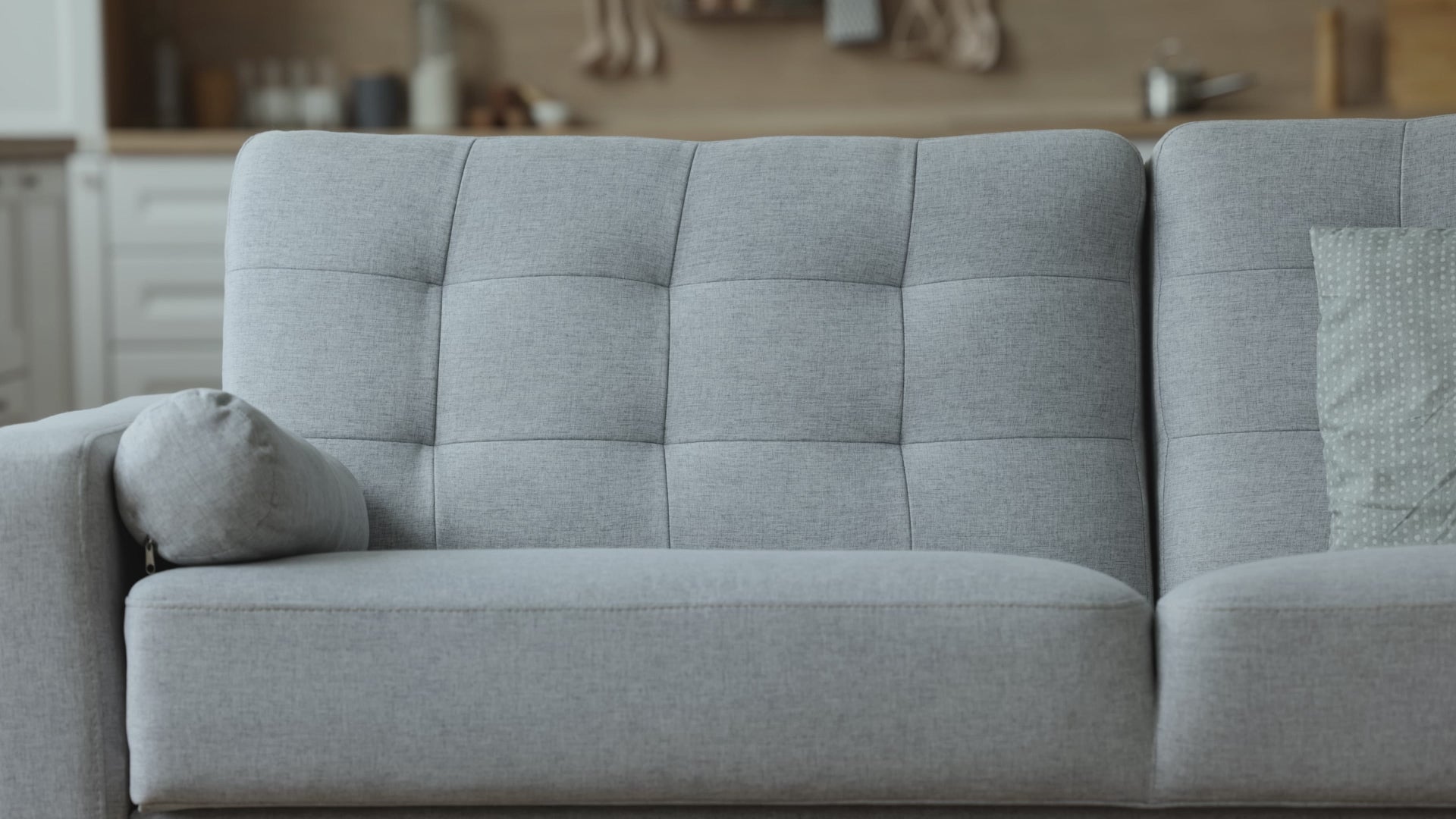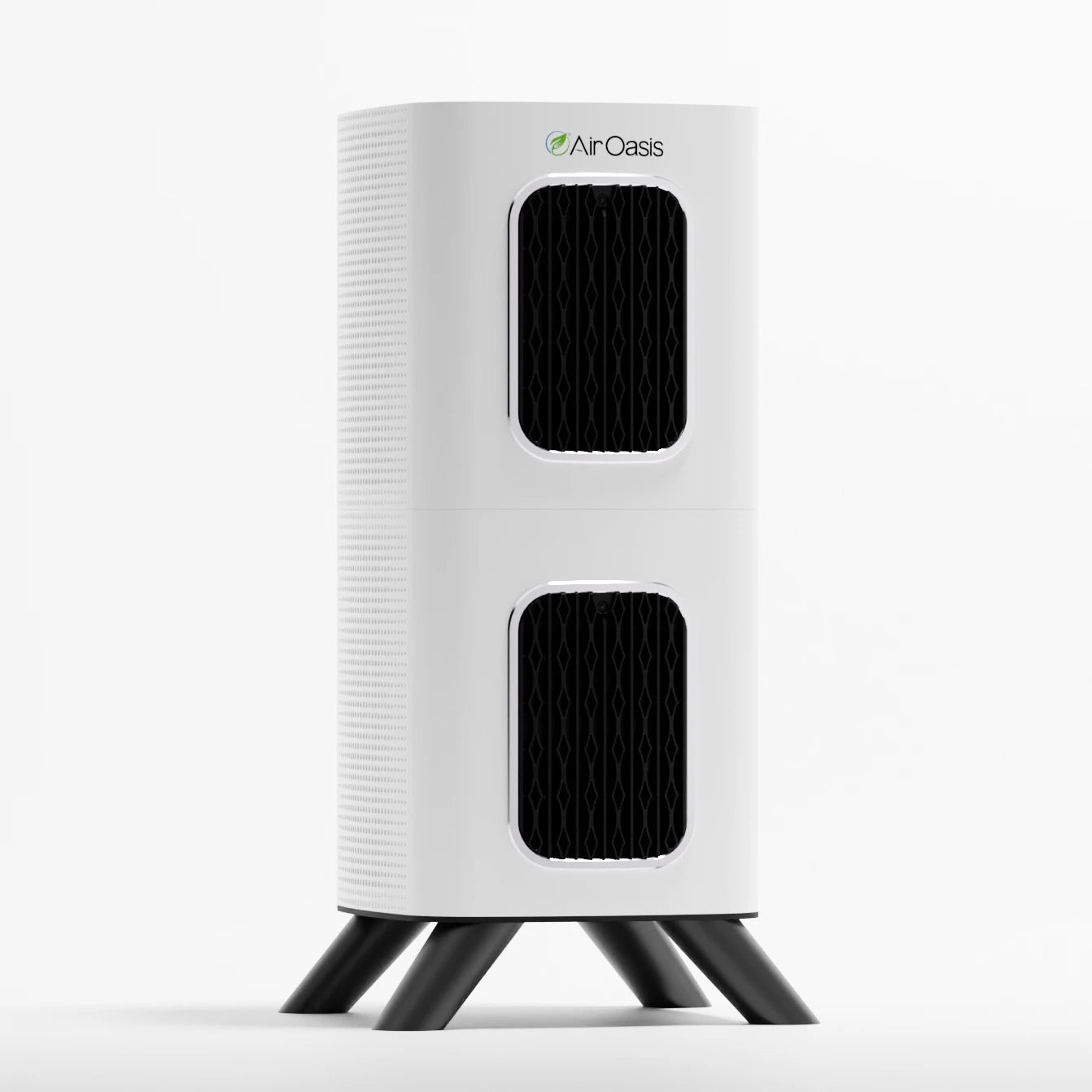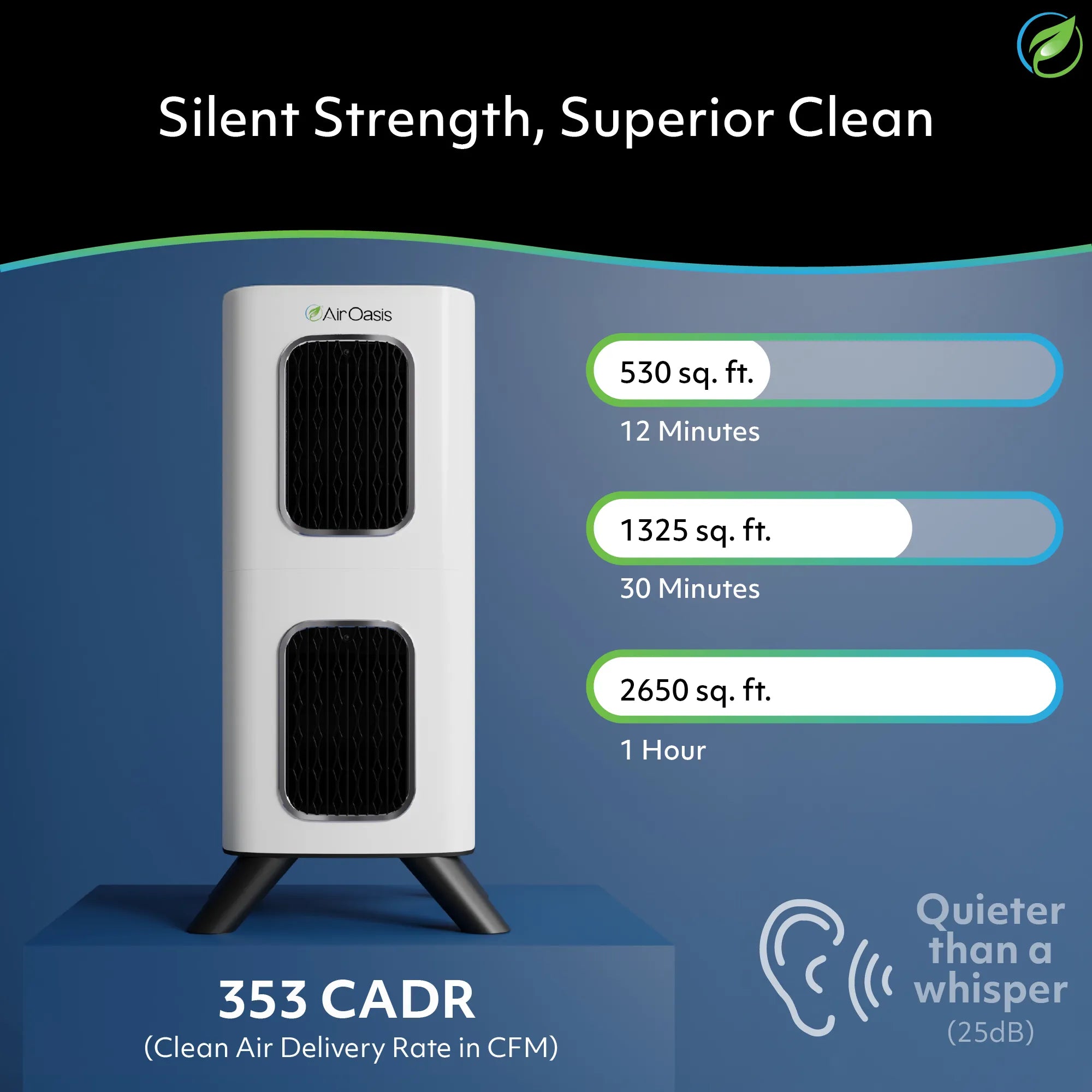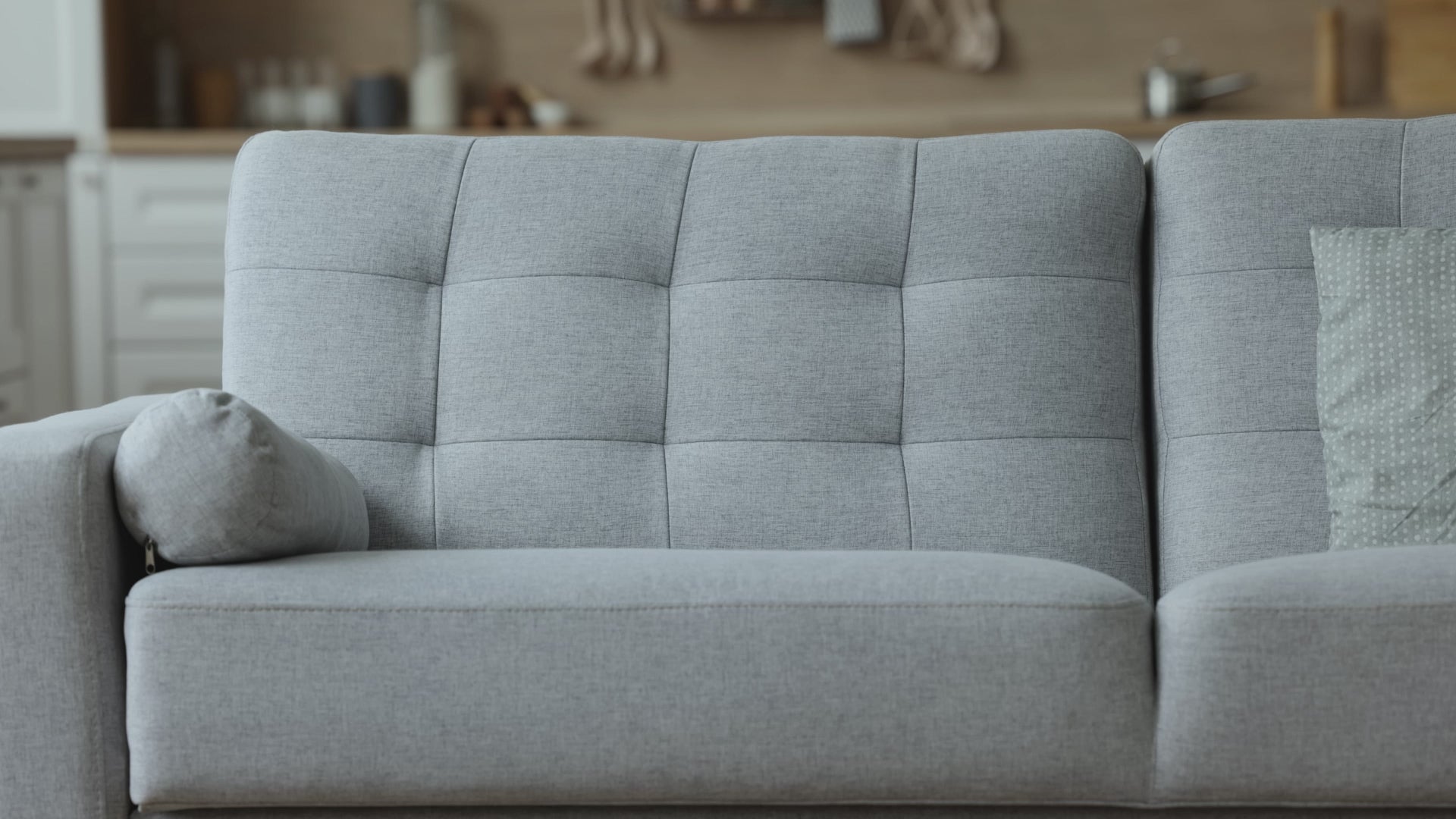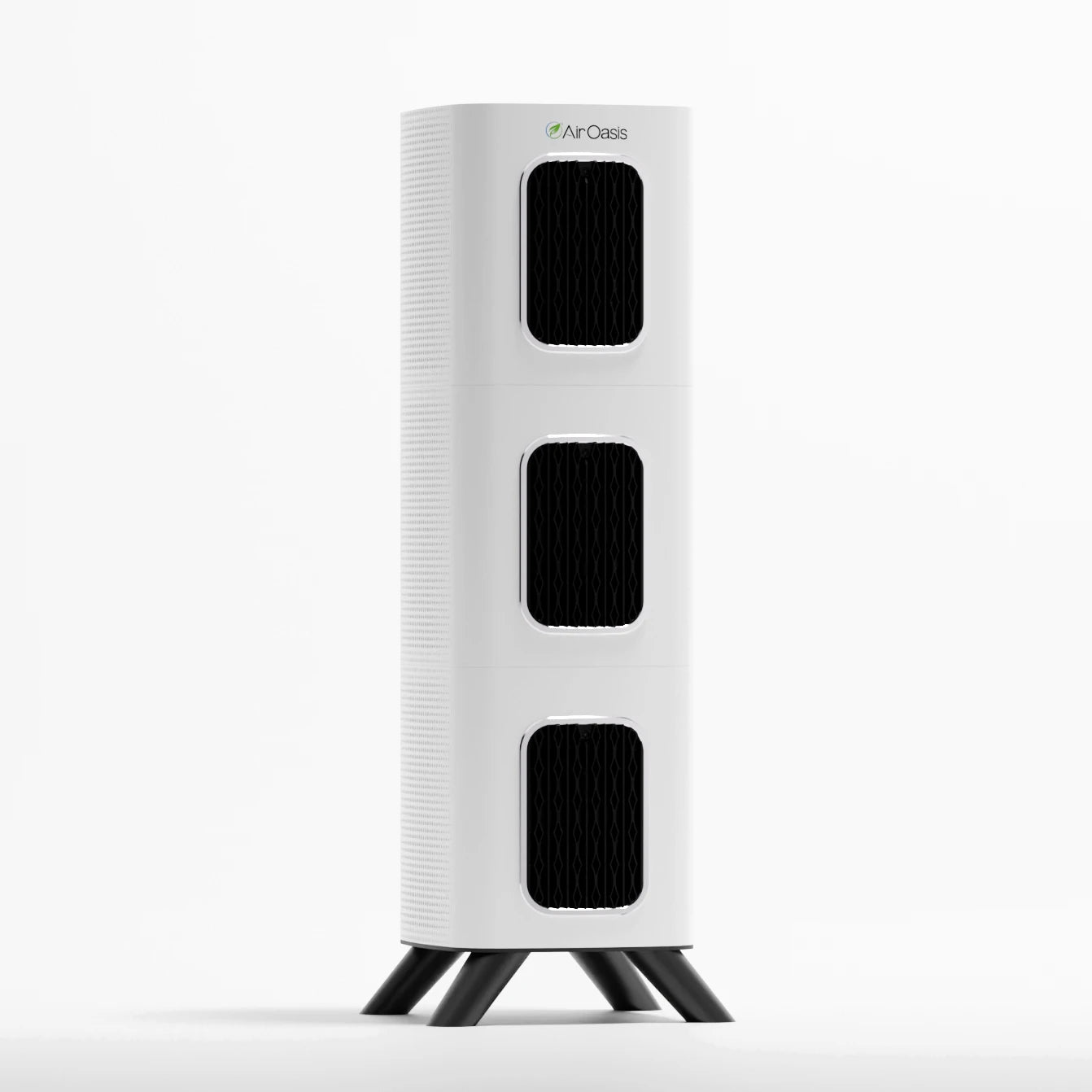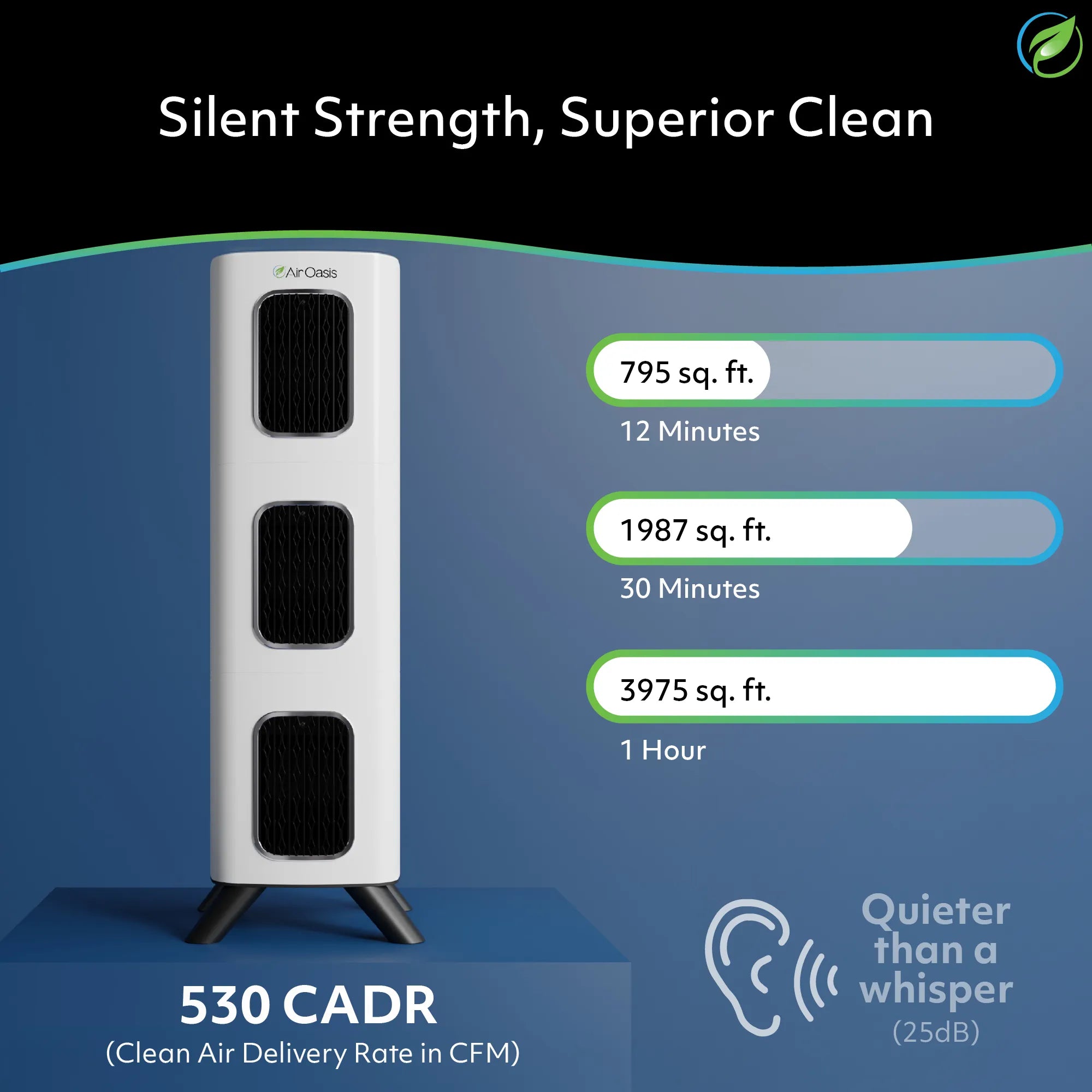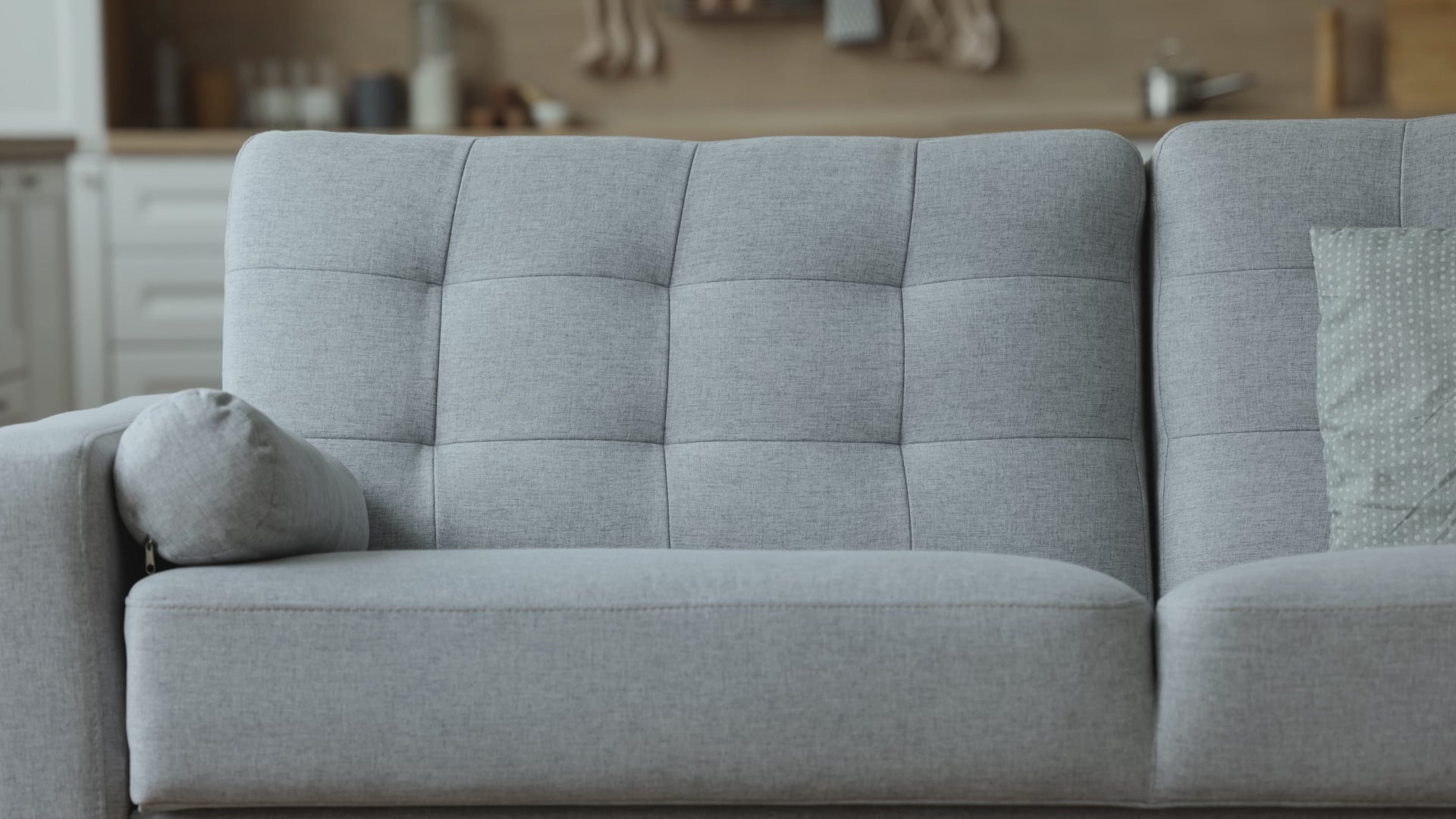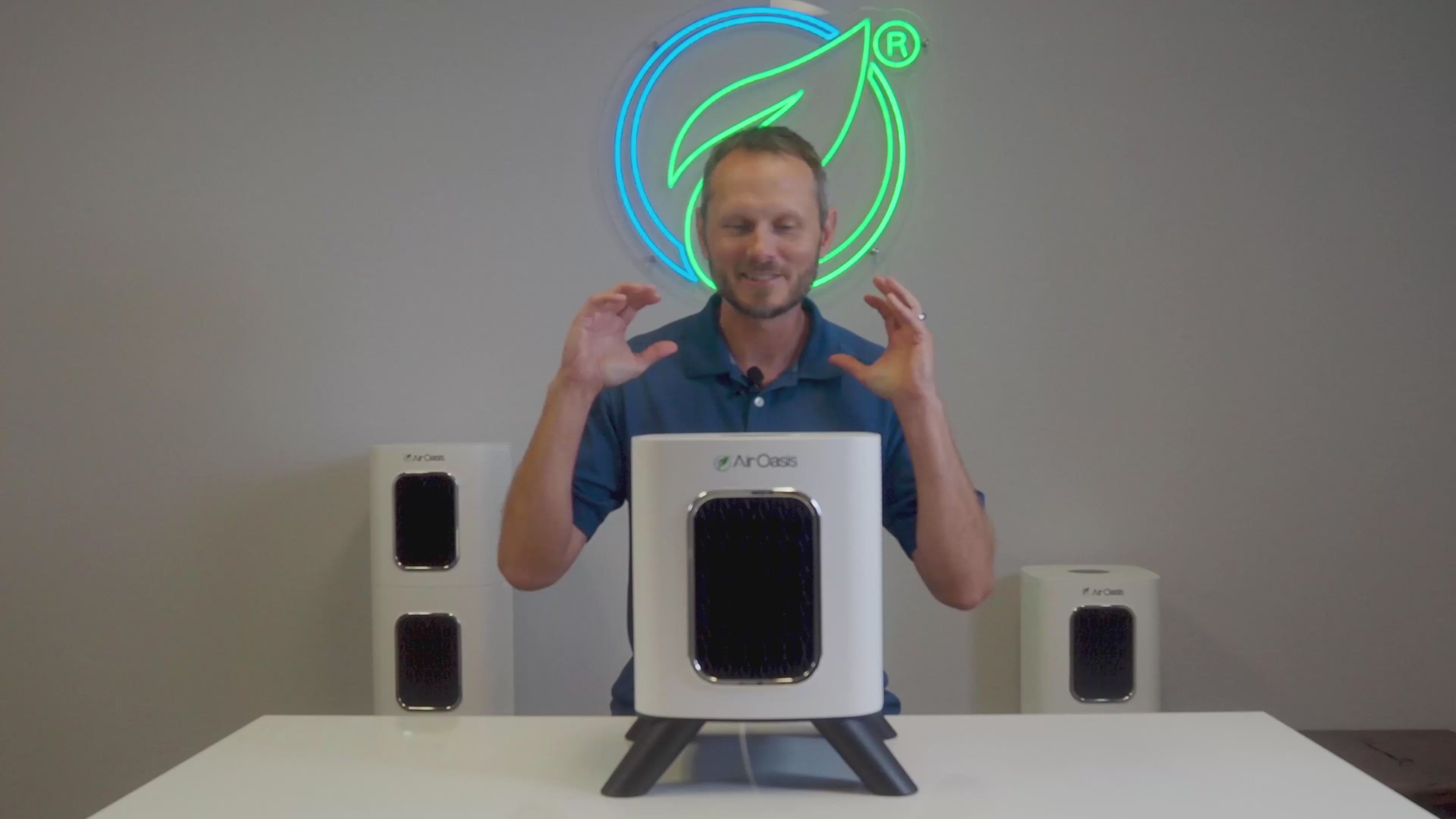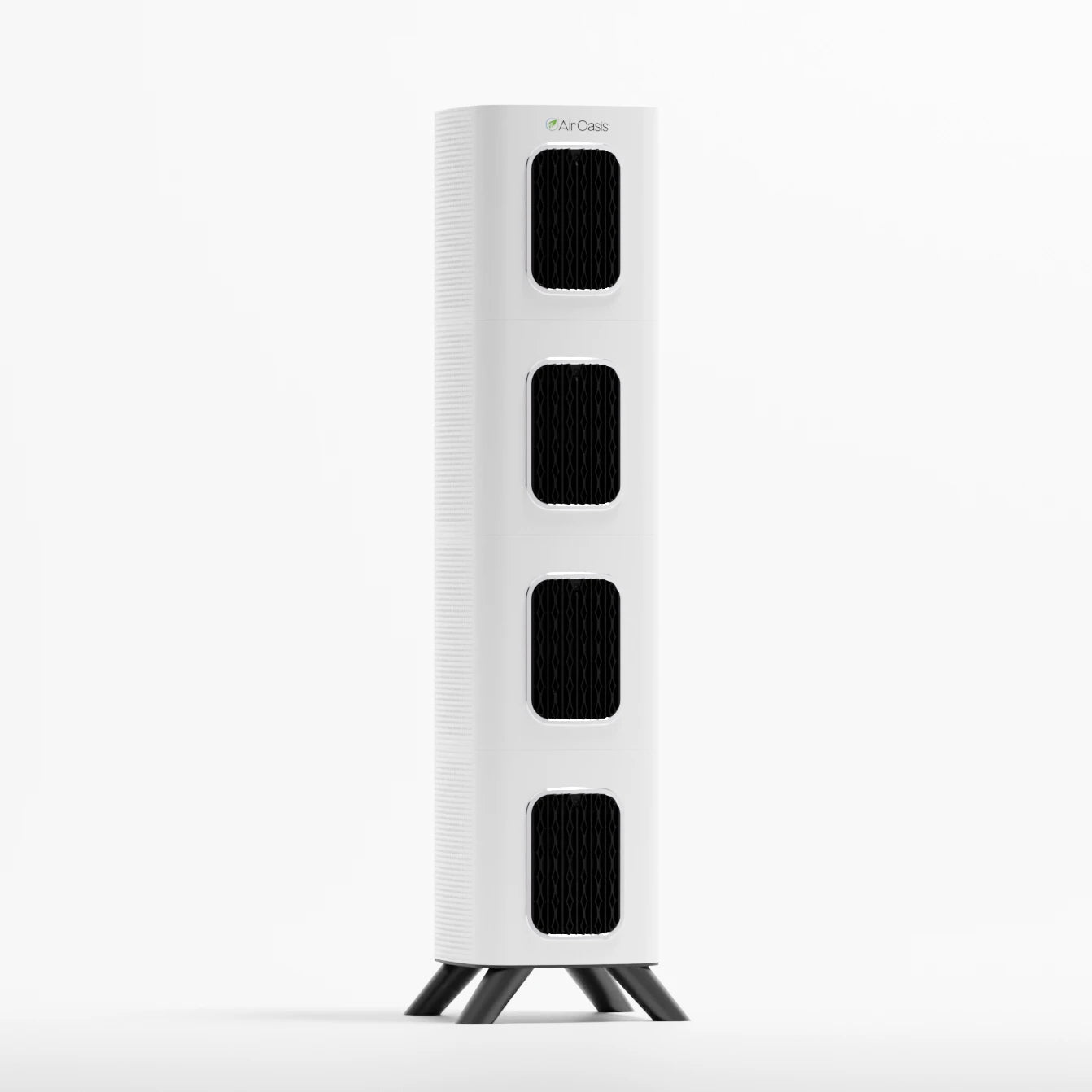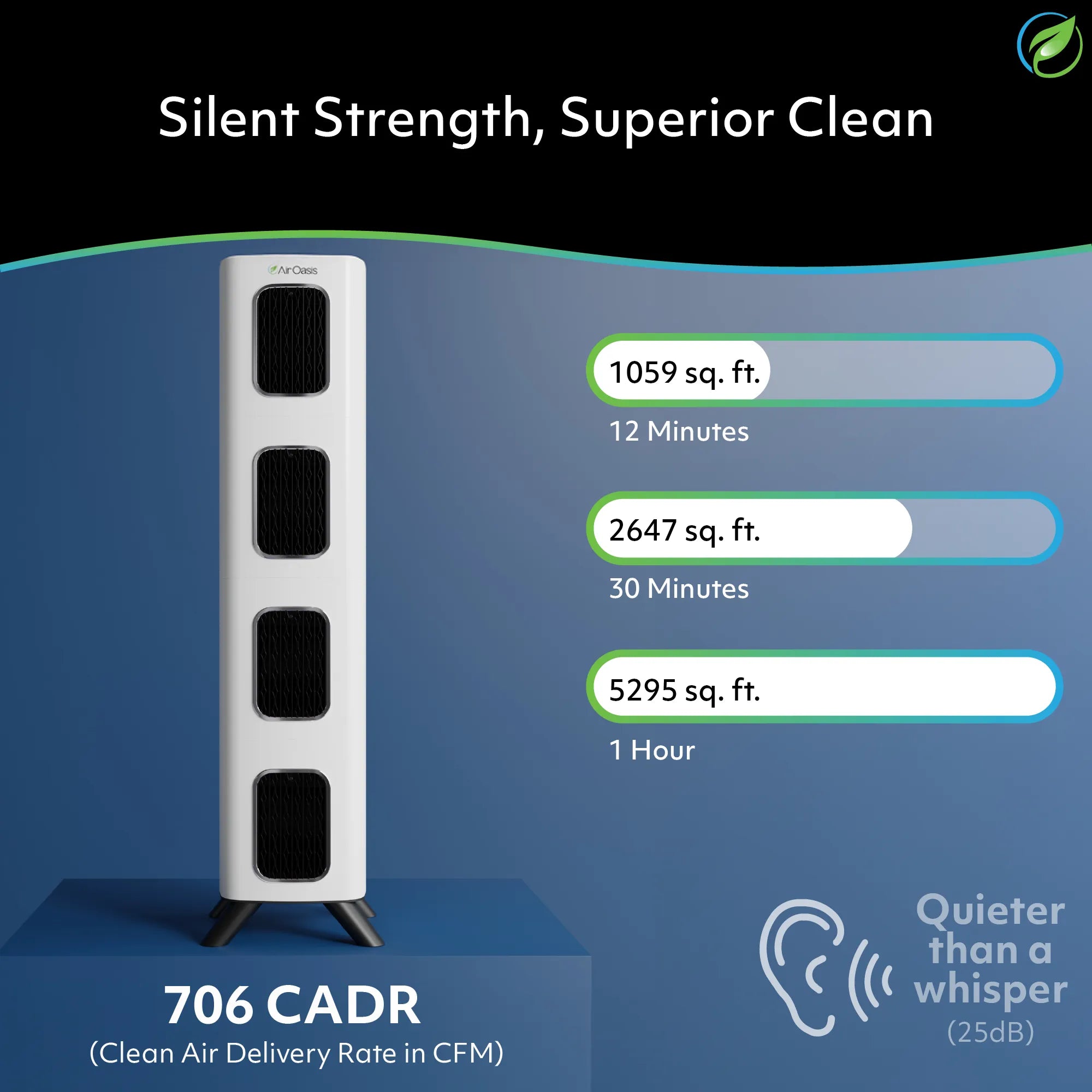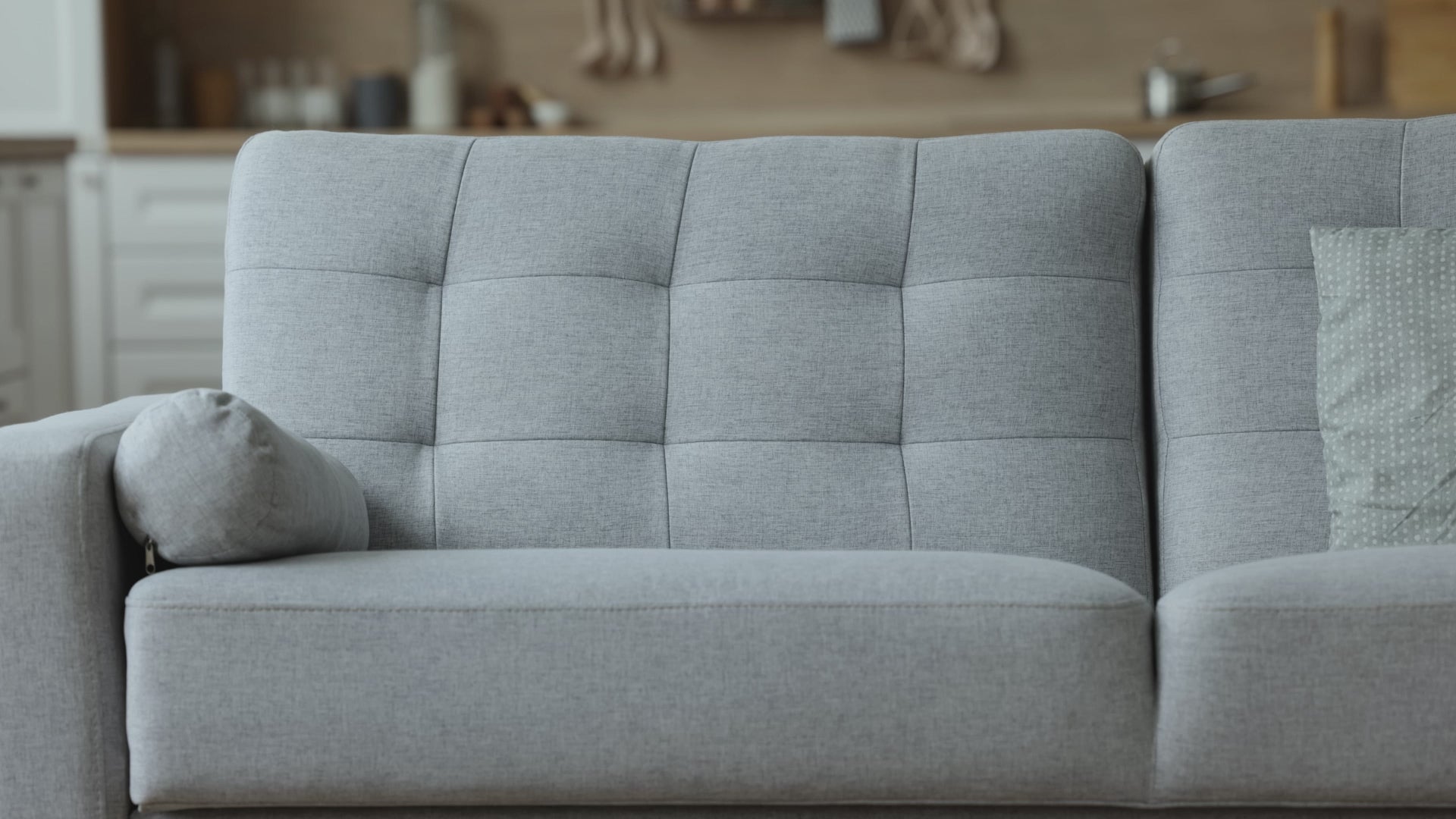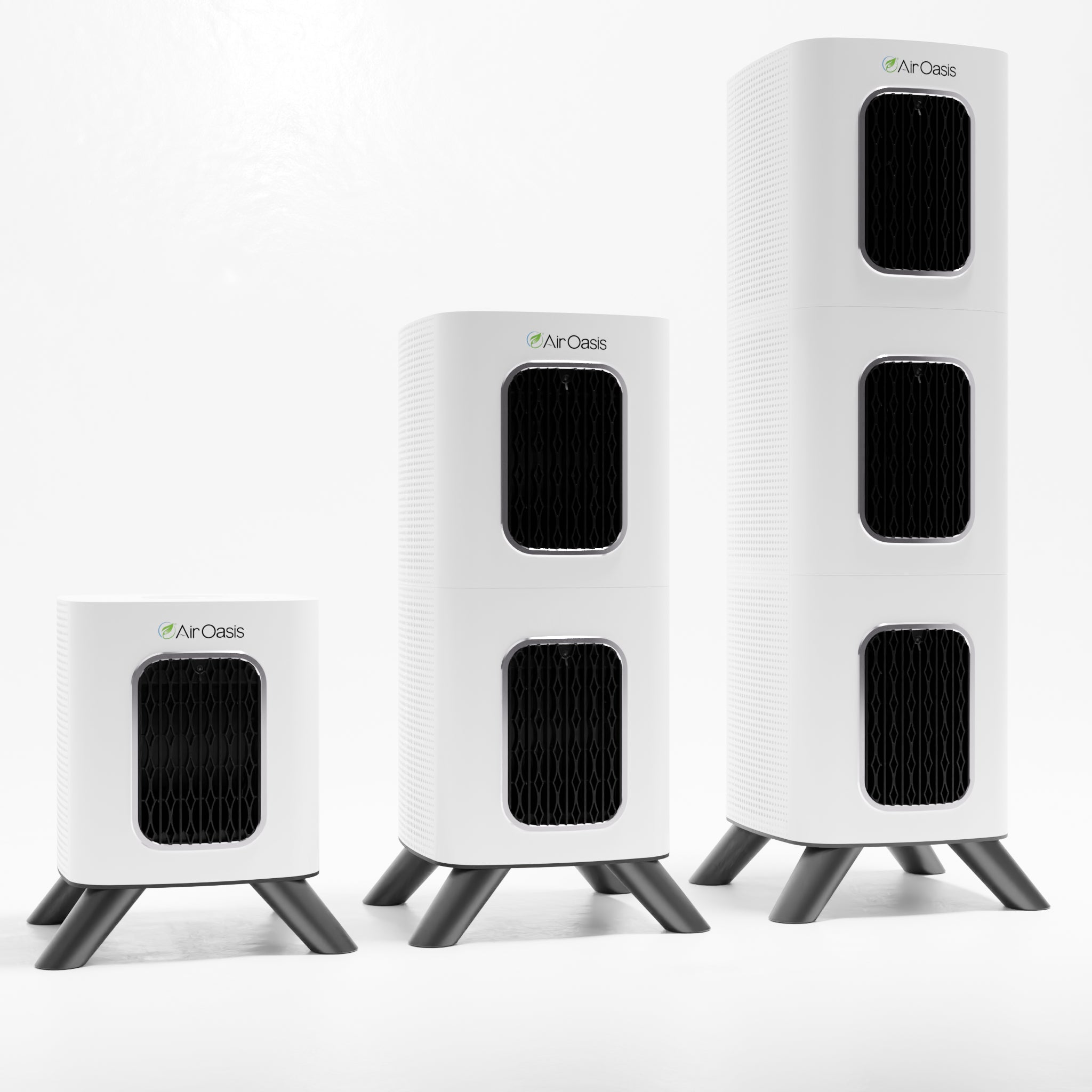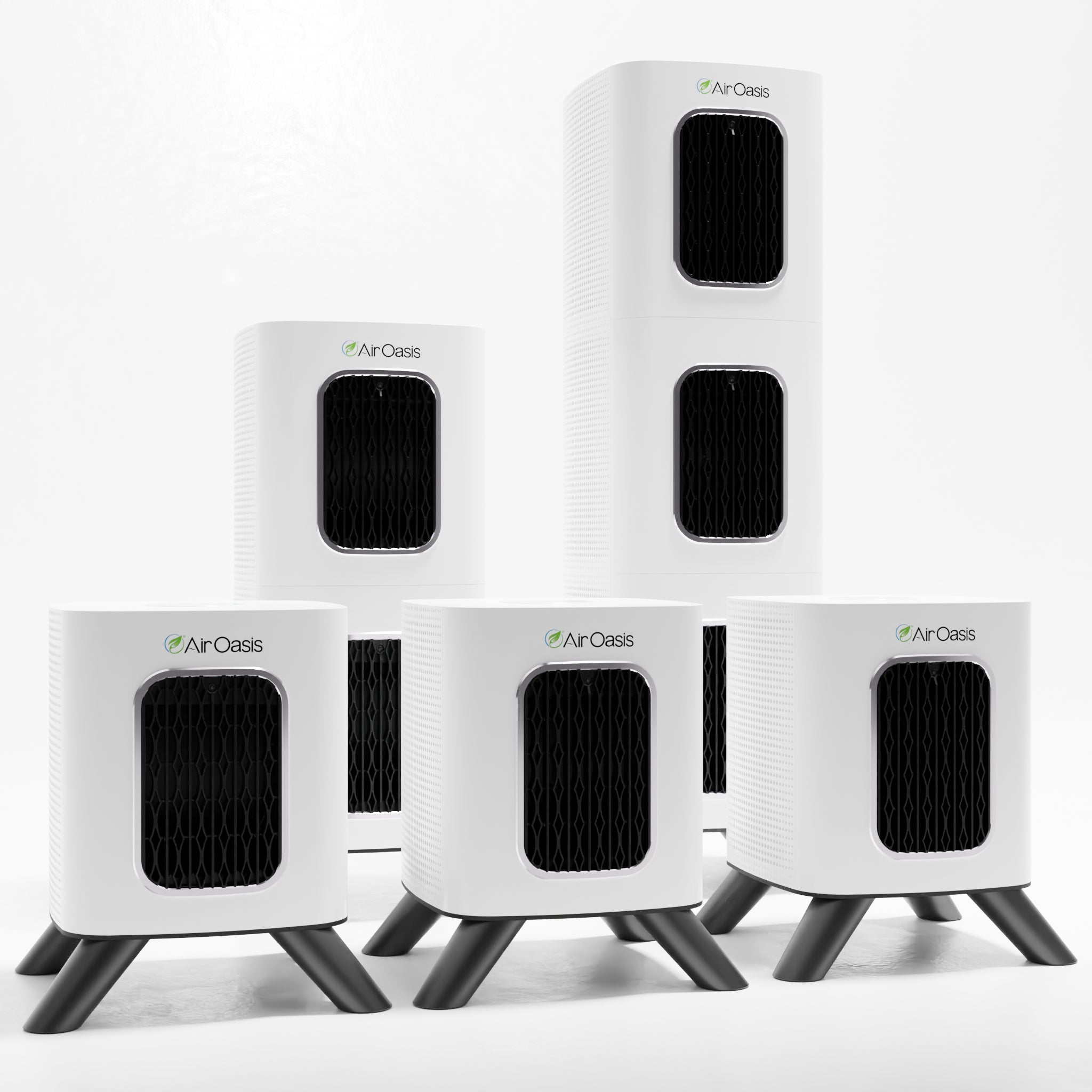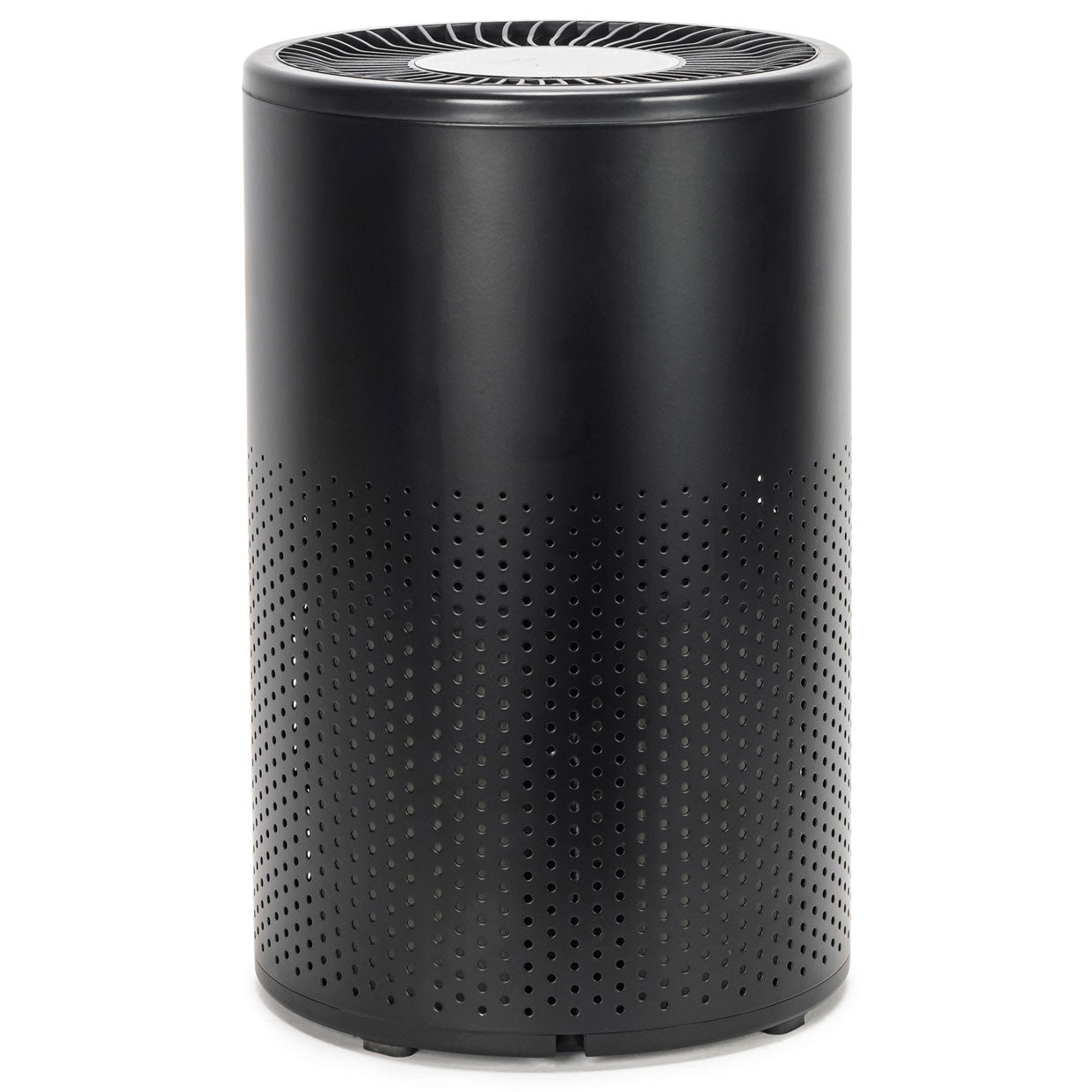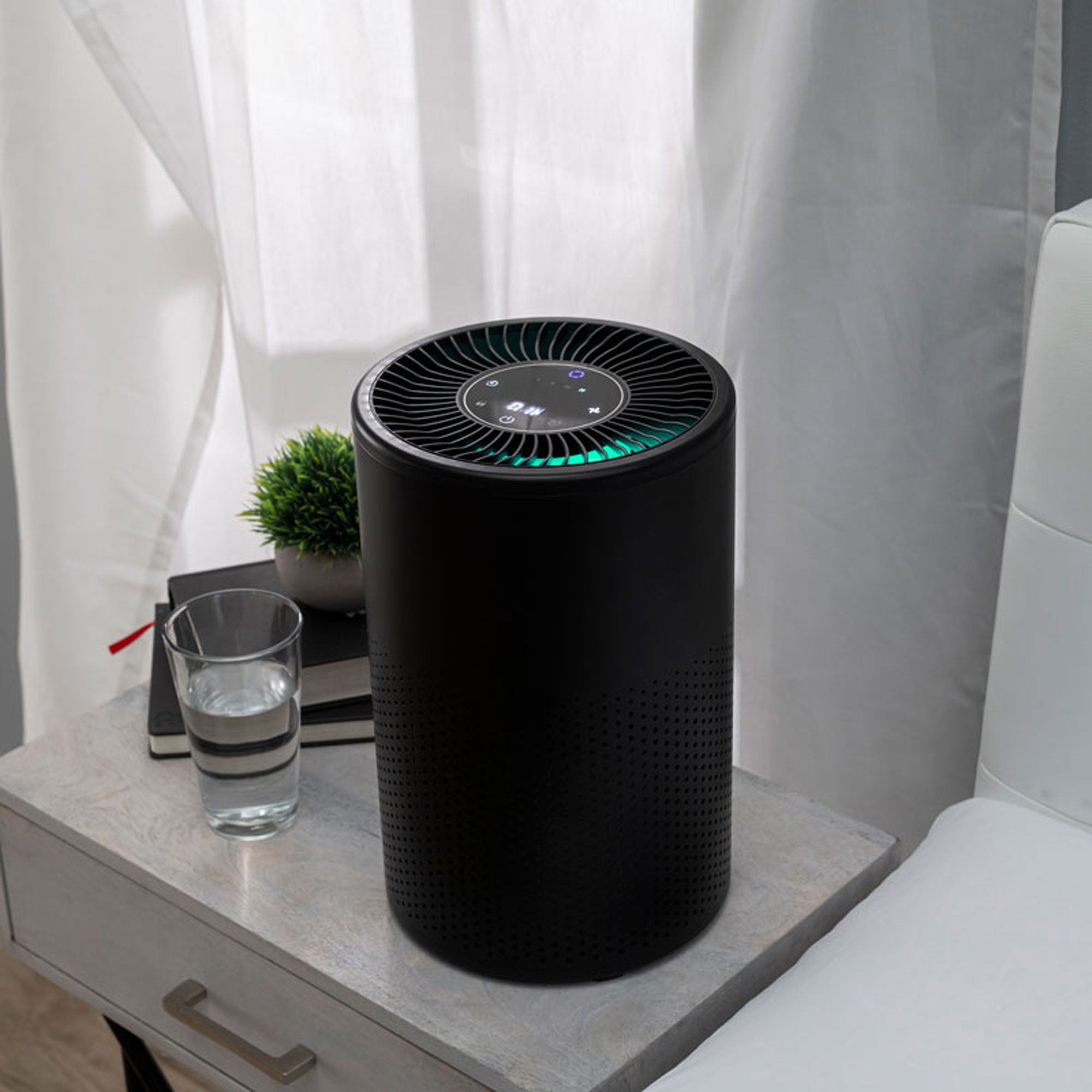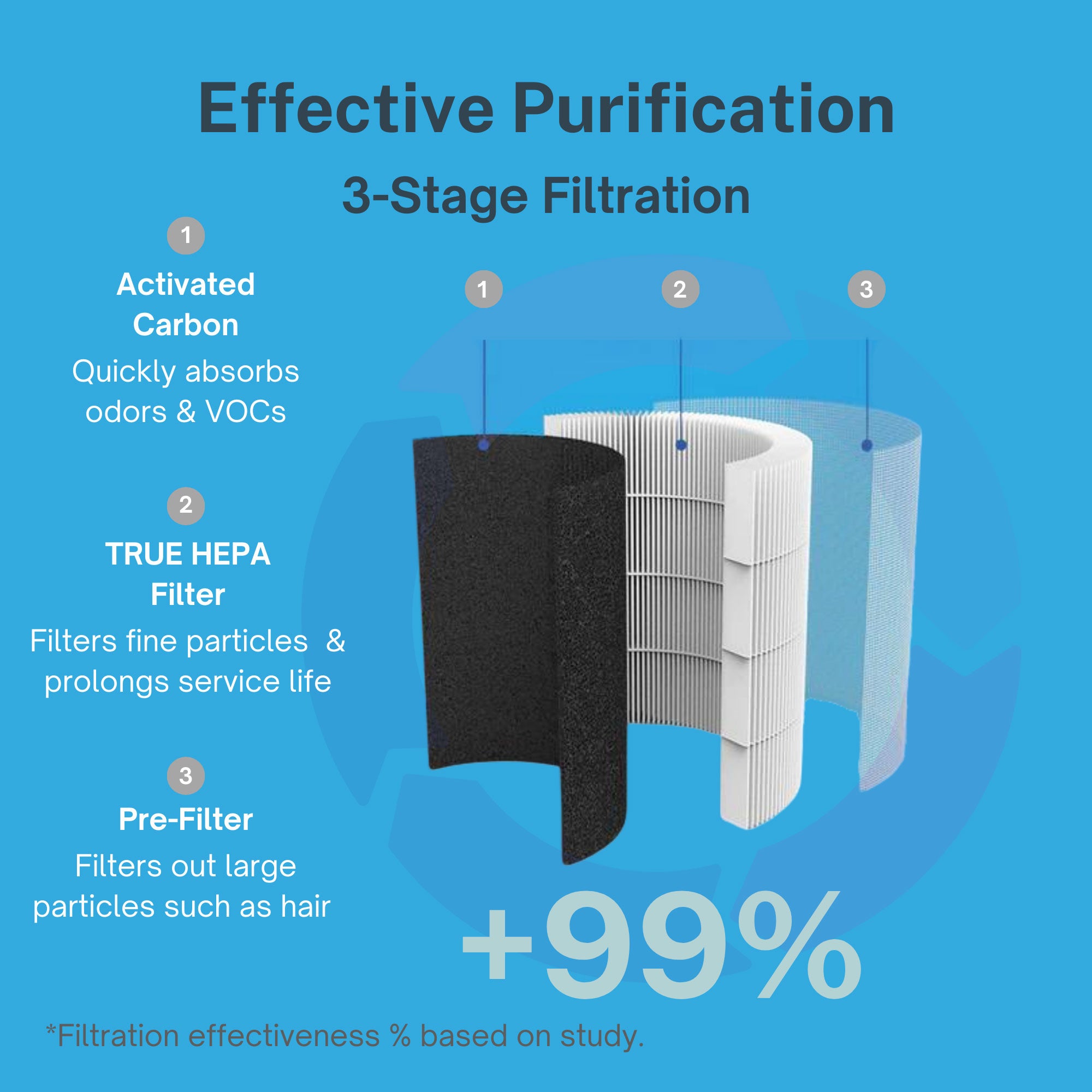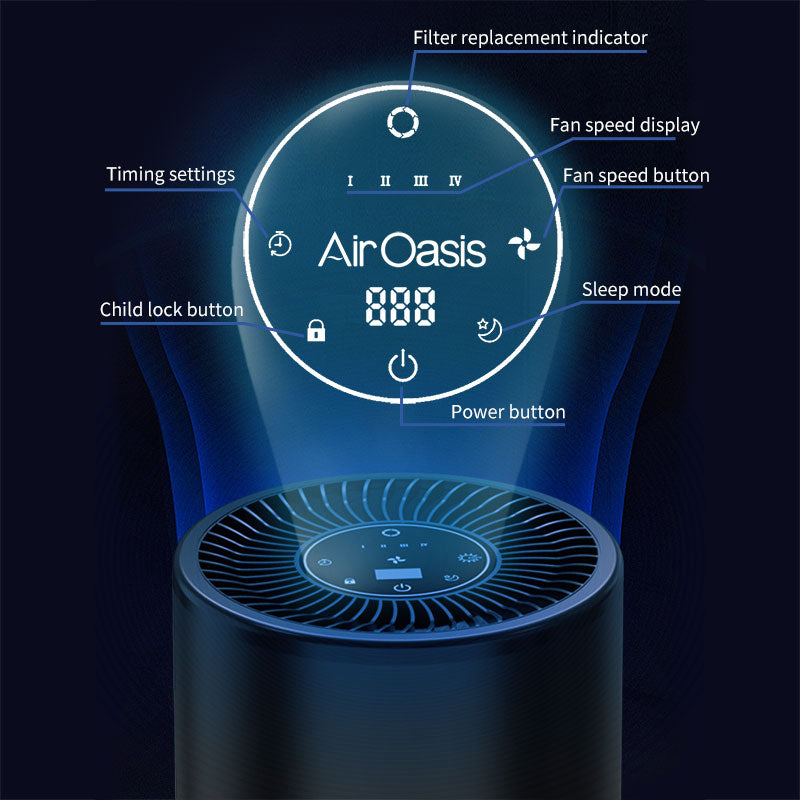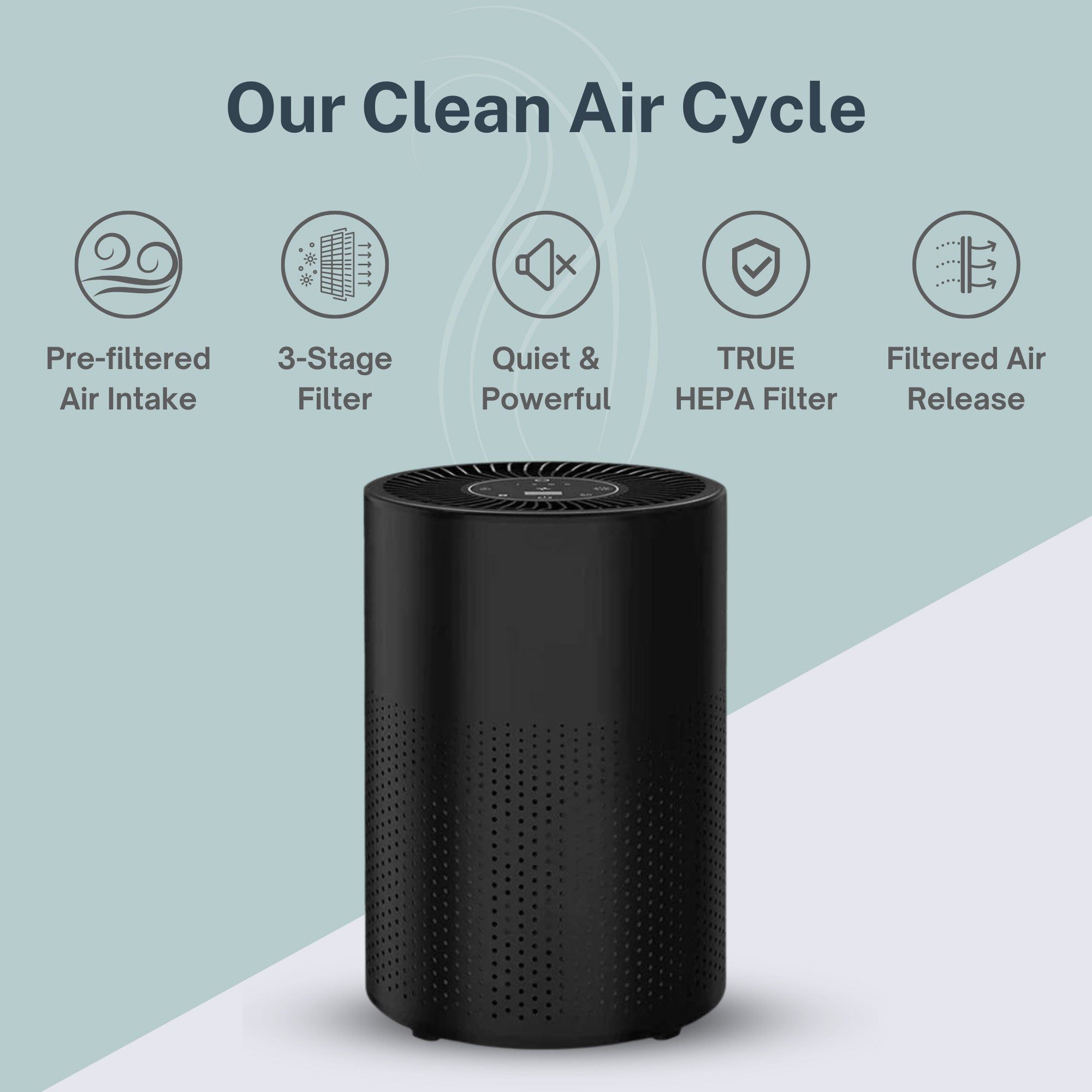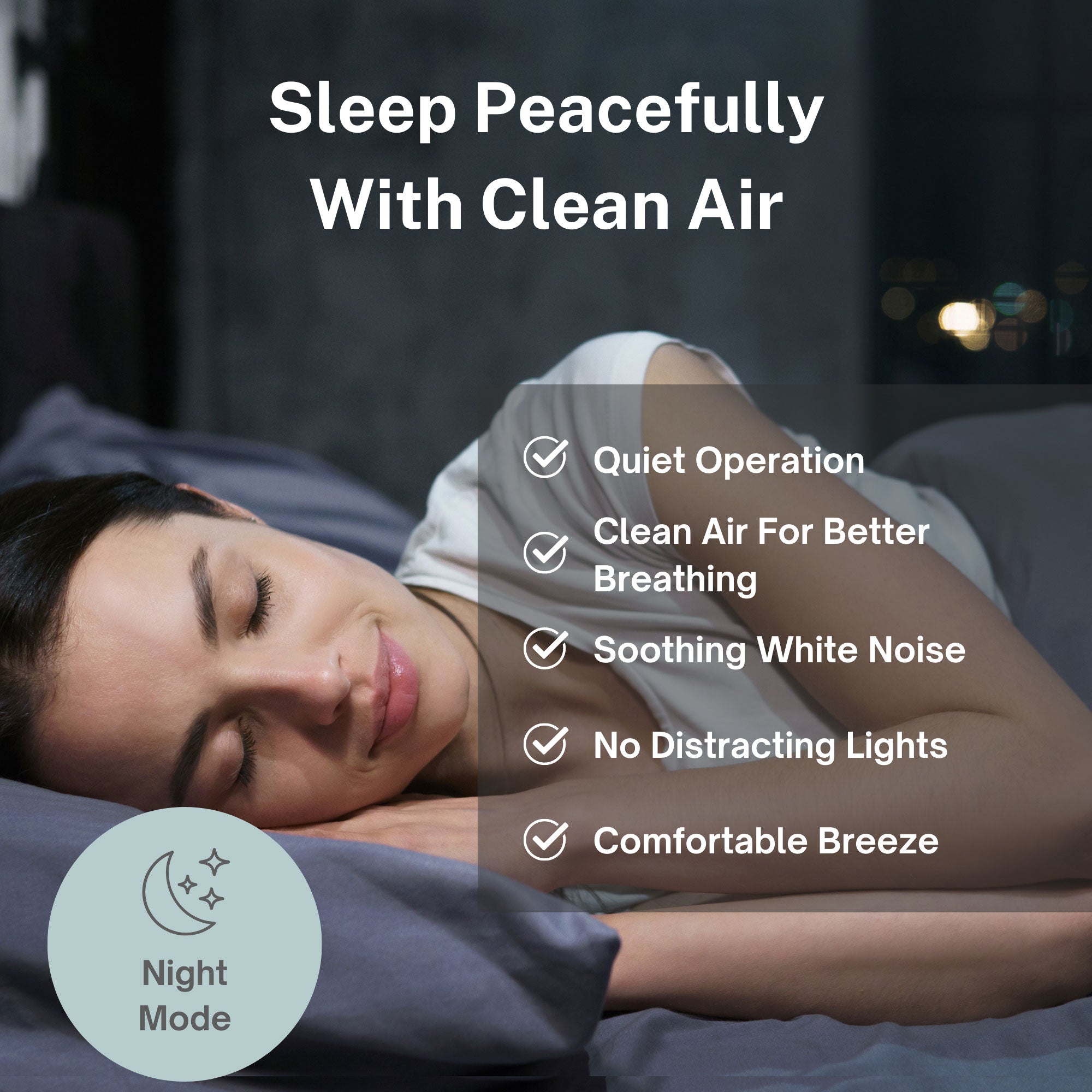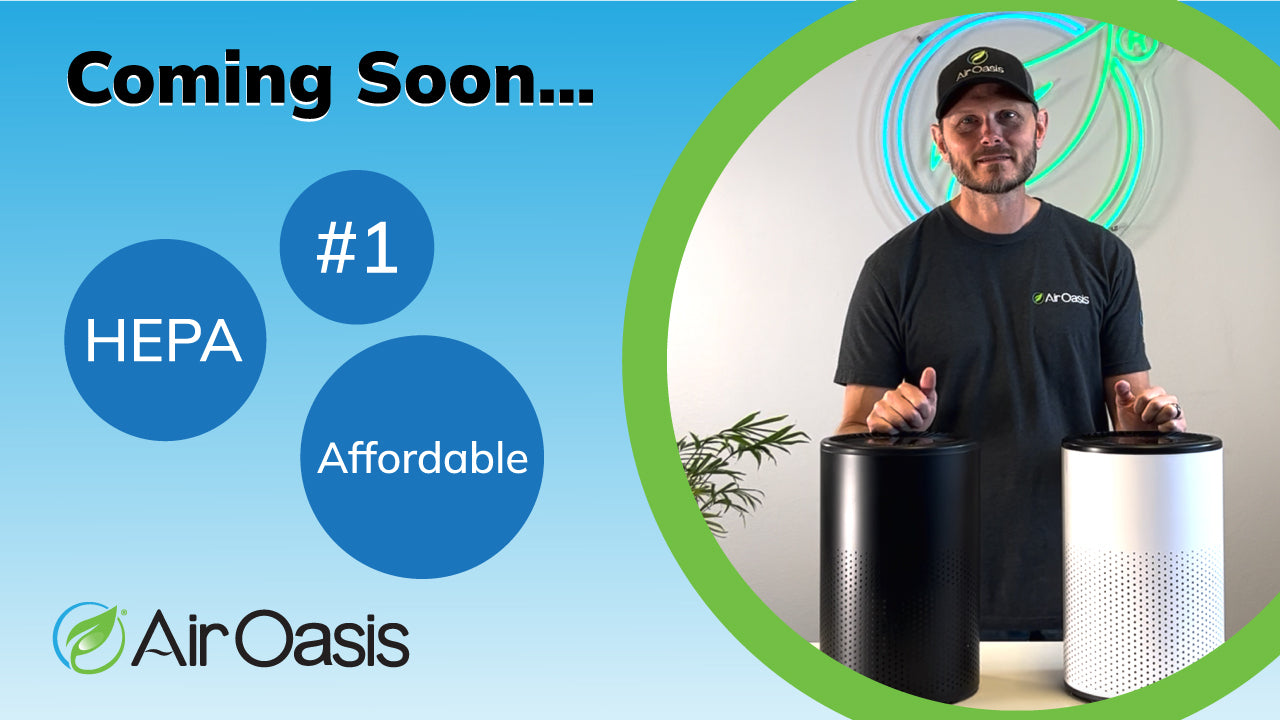AJ's seizures began without warning, turning a healthy, active life into a medical mystery that stumped doctors for years. After countless hospital visits, specialist consultations, and treatment failures, AJ and his wife Becky discovered the shocking truth: their home's hidden mold contamination was slowly poisoning him. Their story illustrates a devastating reality that millions of Americans face daily—the air inside our homes can be more dangerous than the air outside, and most people have no idea they're at risk.
This isn't an isolated case of extreme mold exposure. According to emerging research and advocacy organizations dedicated to indoor air quality, poor indoor air represents one of the most underrecognized health threats of our time. For health-conscious individuals committed to optimization, understanding and addressing indoor air quality isn't optional—it's fundamental to achieving and maintaining peak wellness. The question isn't whether your indoor air affects your health; it's how much damage it's causing before you take action to protect yourself.
The Scope of America's Indoor Air Quality Crisis
The statistics surrounding indoor air quality paint a picture of widespread health impacts that most Americans dramatically underestimate. The Environmental Protection Agency reports that indoor air can be two to five times more polluted than outdoor air, with some indoor environments reaching pollution levels up to 100 times higher than outdoor concentrations. This occurs because modern buildings are designed for energy efficiency rather than air quality, creating sealed environments where pollutants accumulate rather than dissipate.
Mold represents just one category of indoor air threats, but its health impacts demonstrate the severity of the broader problem. The Centers for Disease Control and Prevention acknowledges that mold exposure can cause respiratory symptoms, allergic reactions, and asthma attacks, but emerging research suggests the health implications extend far beyond respiratory issues. Chronic mold exposure has been linked to neurological symptoms, immune system dysfunction, and inflammatory conditions that can persist long after exposure ends.
The challenge lies in detection and awareness. Unlike outdoor air pollution, which often produces visible smog or obvious odors, indoor air contamination frequently remains hidden behind walls, under floors, or in HVAC systems. Many people suffer from chronic health issues—fatigue, brain fog, respiratory problems, skin irritation—without ever connecting their symptoms to their home environment.
This awareness gap has created a public health crisis that operates largely below the radar of conventional medical practice. Doctors rarely consider indoor air quality when diagnosing chronic health issues, leaving patients like AJ to suffer through years of ineffective treatments while the root cause continues poisoning them daily.
The Advocacy Movement Changing Indoor Air Policy
Organizations dedicated to indoor air quality advocacy are working to address this crisis through education, policy reform, and research initiatives that could transform how we approach home health protection. These nonprofits recognize that individual awareness isn't sufficient—systemic change requires regulatory improvements, professional certification standards, and public health programs that treat indoor air quality as a fundamental health determinant.
Current advocacy efforts focus on three critical areas: education, policy reform, and research advancement. Educational initiatives provide homeowners, renters, and professionals with research-based information to safely navigate indoor air quality issues. This includes comprehensive resources on mold identification, water damage response, and other indoor air pollutants that pose health risks.
Policy and advocacy work pushes for improved laws and regulations at state and federal levels, including certification requirements for mold inspectors and remediators, implementation of public health awareness programs, and increased funding for indoor air quality research. The Air Oasis commitment to clean indoor air aligns with these advocacy goals by providing proven technology that addresses indoor air contamination regardless of regulatory gaps or professional certification issues.
Research initiatives focus on sharing the latest findings about mold, water damage, and other indoor air pollutants while supporting small-scale grants for researchers, medical professionals, and individuals committed to improving lives affected by poor indoor air quality. This research foundation is crucial for building the evidence base needed to drive policy changes and medical awareness.
The Health Optimization Connection
For individuals committed to peak performance and wellness optimization, indoor air quality represents one of the most overlooked factors affecting daily health outcomes. Poor indoor air directly impacts cognitive function, sleep quality, immune response, and inflammatory status—all key pillars that careful nutrition, exercise, and lifestyle optimization attempt to enhance.
The inflammatory burden from breathing contaminated indoor air can negate months of anti-inflammatory dietary efforts within days. Mold mycotoxins, volatile organic compounds, and other indoor air pollutants trigger immune system responses that consume metabolic resources, disrupt sleep architecture, and impair cognitive performance. Health optimization enthusiasts who track biomarkers often notice improvements in inflammatory markers, heart rate variability, and sleep scores after implementing comprehensive indoor air purification.
Research published in Environmental Health Perspectives demonstrates that indoor air quality affects every aspect of wellness that optimization-focused individuals work to improve. Poor indoor air quality reduces working memory, impairs decision-making, disrupts circadian rhythms, and increases susceptibility to respiratory infections—effects that directly contradict optimization goals.
The case studies emerging from indoor air quality advocacy organizations reveal patterns that optimization enthusiasts should recognize. Chronic fatigue that doesn't respond to sleep optimization, brain fog that persists despite nootropic interventions, and respiratory issues that worsen during indoor workouts often trace back to indoor air contamination that remains undetected and unaddressed.
Beyond Detection: The Technology of Indoor Air Protection
While advocacy organizations work to improve awareness and regulation, health-conscious individuals need immediate solutions that provide actual protection rather than just detection. Understanding that your home has poor indoor air quality only helps if you can effectively address the contamination sources and create consistently clean breathing environments.
Comprehensive indoor air purification technology addresses multiple categories of indoor air pollutants simultaneously. The iAdaptAir system from Air Oasis combines medical-grade HEPA filtration, UV-C sterilization, activated carbon adsorption, and bipolar ionization to remove particles, neutralize pathogens, adsorb chemicals, and break down odors—providing comprehensive protection against the full spectrum of indoor air threats.
This multi-technology approach is crucial because indoor air contamination rarely involves single pollutants. Homes with mold problems often also have elevated VOC levels from building materials, cleaning products, and furnishing off-gassing. Addressing one category of pollutants while ignoring others provides incomplete protection that may miss the specific contaminants affecting your health.
Advanced air purification systems also provide continuous protection that doesn't depend on perfect source control or professional remediation. While identifying and addressing contamination sources remains important, comprehensive air purification ensures that your breathing environment remains clean regardless of hidden problems or ongoing low-level exposures that traditional remediation might miss.
The Regulatory Gap and Personal Protection Imperative
Current indoor air quality regulations focus primarily on extreme contamination scenarios rather than the chronic, low-level exposures that affect daily health and wellness. Most states lack comprehensive certification requirements for mold inspectors and remediators, leaving consumers vulnerable to inadequate assessments and ineffective remediation efforts.
This regulatory gap means that personal protection strategies become essential rather than optional. You cannot depend on professional inspections to detect all indoor air quality problems, nor can you rely on remediation efforts to eliminate all ongoing exposures. The complexity of indoor air contamination requires proactive protection that operates independently of detection and remediation systems.
The advocacy organizations working to improve indoor air quality regulations provide valuable resources and push for necessary systemic changes, but these improvements will take years to implement fully. Meanwhile, the health impacts of poor indoor air quality continue affecting millions of people daily, undermining wellness efforts and contributing to chronic health conditions that could be prevented through comprehensive air purification.
Health-conscious individuals cannot wait for perfect regulations or universal professional competency to protect their optimization efforts from environmental sabotage. Taking control of your indoor air quality through proven technology provides immediate benefits while supporting the broader advocacy efforts working toward systemic improvements.
Building Your Indoor Air Quality Protection Strategy
The emergence of indoor air quality advocacy organizations highlights both the severity of the problem and the solutions available to address it. While these organizations work to improve awareness, regulations, and research, individuals committed to health optimization need immediate protection strategies that create consistently clean indoor environments.
Your wellness journey depends on multiple factors working synergistically—nutrition, exercise, sleep, stress management, and environmental quality. Indoor air quality affects all of these factors either positively or negatively, making it a foundational element that cannot be ignored or delayed.
The stories emerging from indoor air quality advocacy work demonstrate that environmental health problems often masquerade as mysterious chronic conditions that resist conventional treatment approaches. Rather than suffering through years of ineffective medical interventions like AJ did, proactive air quality protection can prevent environmental health problems from developing in the first place.
Taking Action for Your Health Today
The indoor air quality advocacy movement is building momentum for systemic changes that could transform how we approach home health protection. However, these changes will unfold over years while your daily health depends on the air you're breathing today. The inflammatory burden, cognitive impacts, and sleep disruption caused by poor indoor air quality continue affecting your wellness outcomes regardless of future regulatory improvements.
Comprehensive indoor air purification provides immediate, measurable benefits that complement advocacy efforts while protecting your health optimization goals from environmental sabotage. This technology creates the clean indoor environment that regulatory systems should ensure but currently don't, giving you control over this fundamental health determinant.
Don't wait for perfect awareness, regulations, or professional standards to protect your health from indoor air contamination. Take control of your breathing environment today with proven technology that addresses the full spectrum of indoor air threats. Shop Air Oasis today and ensure that your home supports your health optimization efforts rather than undermining them through hidden environmental hazards.





